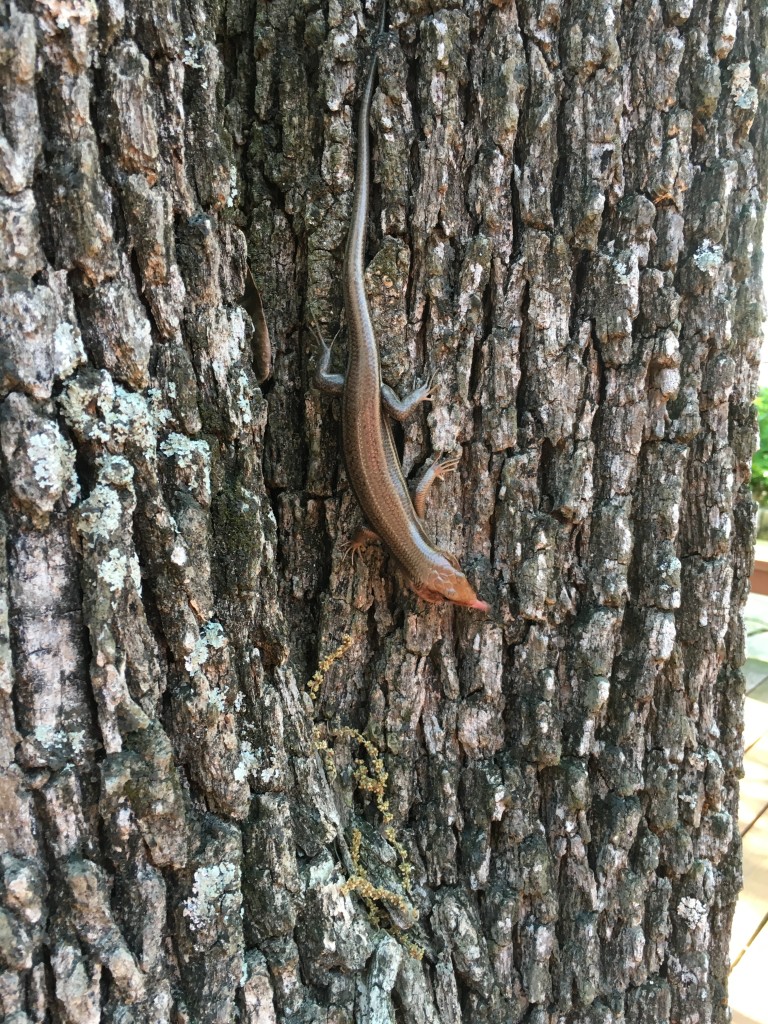What is a lair? A wild animals resting place, especially one that is well hidden.
In honor of #jmgwildlife month, we wanted to feature some concepts from the Wildlife Gardener curricula. One of our favorite creatures in the Bryan College Station area is the lizard. They are EVERYWHERE! Concept 6 displays an activity where you and your students can create a habit for lizards.

Lizard Lair Learning Activity
Step One – Have students share stories about lizards they have seen (colors, size, facts).
Step Two – Share some lizard facts with you students!
- Lizards are reptiles
- Often seek shelter in rocks, brush piles, small confined areas
- Some can change color
- Most commonly found around the home
- Feed on insects and spiders
- Can lose and grow back its tail
- Some lizards are legless
- Some lizards can chirp, squeak, make sounds
Step Three – Gather golf ball sized rocks and flat shape rocks in preparation for the “lair.”
Step Four – Construct the “lair” by placing rocks into a large pot. Let the rock settle, then place flat stones or clay saucer on top.
Step Five – Ask the group to log their sightings over a period of time. Make sure they take note of the color, time of day, and size of the lizards.
Step Six (Optional) – Move the lair or make multiple to place in various sections of the garden. See if lizards prefer a certain spot!
Taking Learning Further…
Reptiles and amphibians are similar and unique from other creatures. Both are cold blooded, have vertebrates, have keen eyesight, and their skin is often used for camouflage in defensive traits. However what makes a lizard different than a salamander or frog?
Besides reptiles mainly having dry skin and scales, their eggs are born on land. Amphibians typically have moist or rough skin, with no fur or scales, and their eggs are born in the water.
Resources:
http://bogglesworldesl.com/esl_science/reptiles_and_amphibians.htm
http://www.reptilesmagazine.com/Differences-Between-Reptiles-and-Amphibians/



